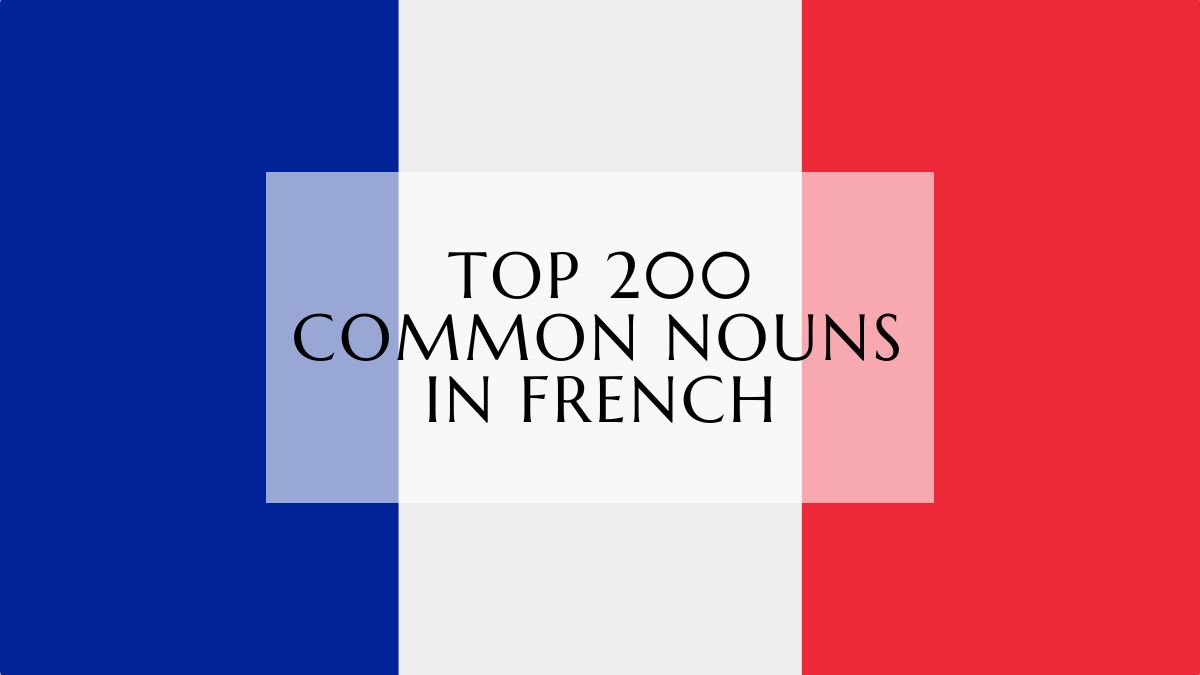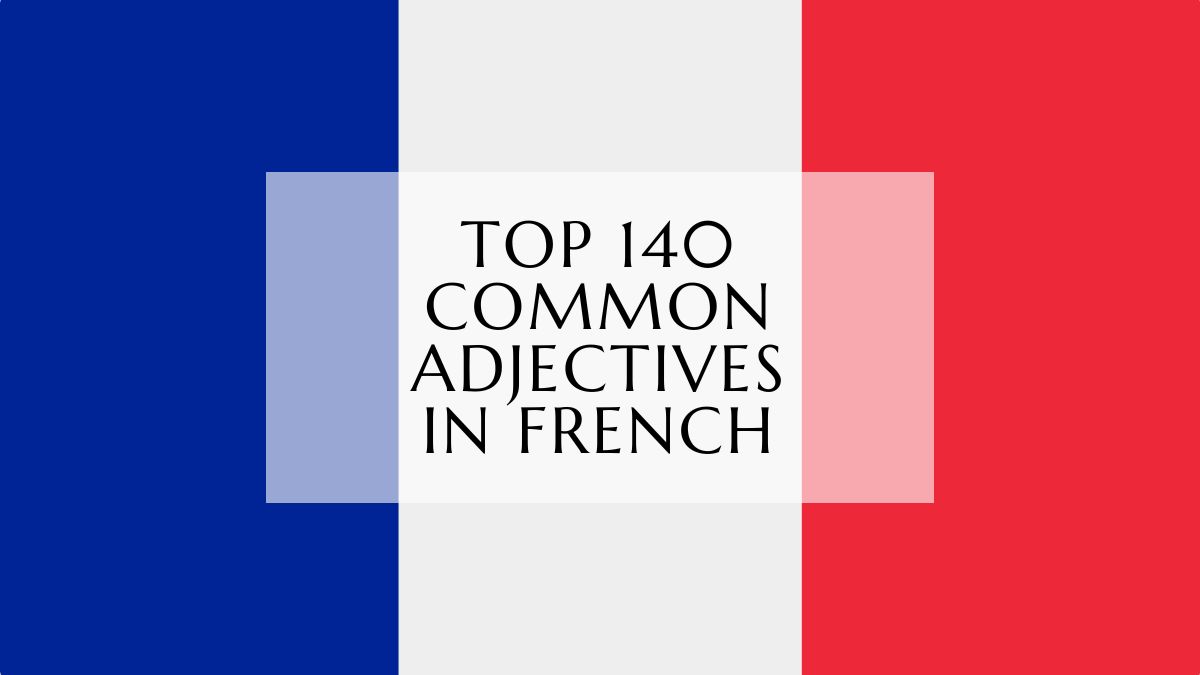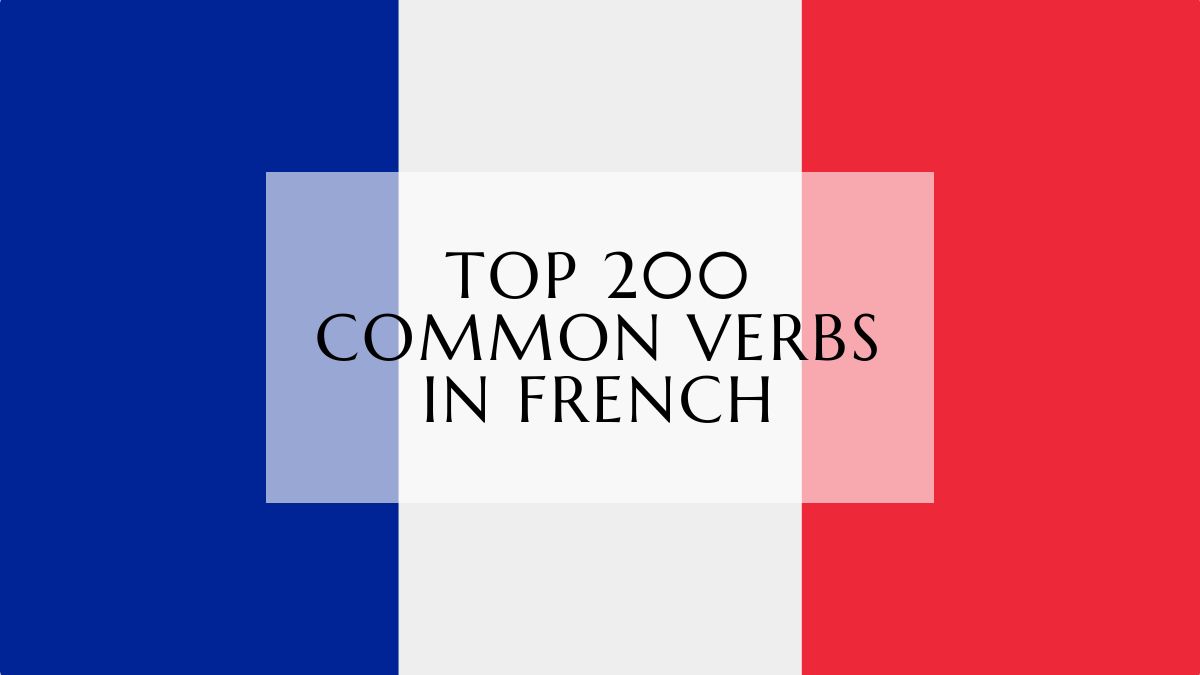In this lesson we will talk about the articles in French; definite, indefinite and partitive. with brief explanation.
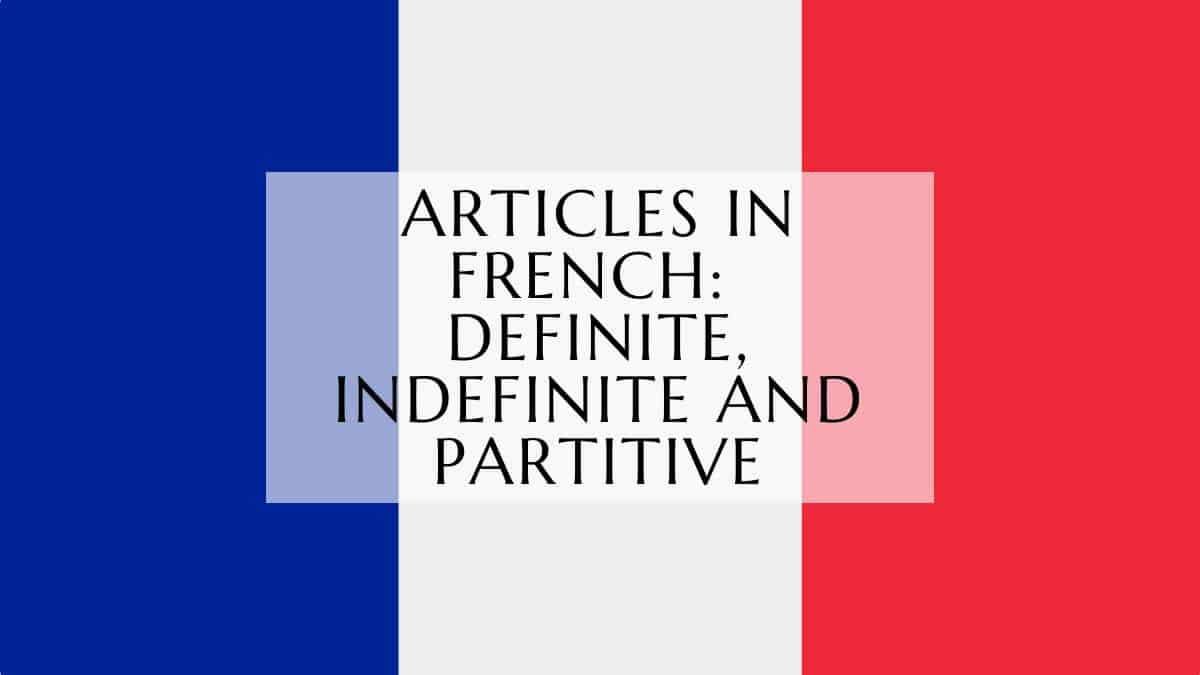
Definite Articles In French
When to use the definite article
There are four definite articles in French: le, la, l’, les and they are the equivalent of the English “the“, they are used to specify or identify a particular noun (that we know or heard about before), and they must agree in gender and number.
| Masculine | Feminine | |
| Singular | le/l’ | la/l’ |
| Plural | les | les |
For both singular le and la, we use l’ when the noun starts with a vowel or a silent “h”. And the plural for both masculine and feminine is les.
Examples:
Le livre – the book
Les livres – the books
L’amie – the friend (female)
Definite Articles and Prepositions
When masculine definite articles come just after the prepositions “à” and “de” they combine into a single word:
| à | de | |
| le | au | du |
| les | aux | des |
à + les: aux
à + les: aux
de + le: du
de + les: des
Note: you can practice what you’ve learned here, and learn how to pronounce each of the words in our Memrise course here, don’t know how to use the platform or sign up? we’ve got you covered in this easy-to-follow tutorial here.
Indefinite Articles In French
When to use indefinite article
There are two indefinite articles in French: un et une, and they are the equivalent of the English “a, an“, they are used to introduce a non-specific noun.
Un garçon – a boy
Une fille – a girl
For the plural, we use des or de/d’ if there is an adjective before the noun, or an adverb before the article:
J’ai des livres – I have books
J’ai beaucoup de livres – I have many books
Partitive Articles in French
In French, if we know exactly the quantity of something, we use numbers. And if we don’t, we use partitive articles.
French has four partitive articles that agree in gender and number:
| Masculine singular | du |
| Feminine singular | de la |
| Singular + vowel or h | de l’ |
| Plural | des |
Unspecified quantity: Je vais acheter de la viande et de l’eau (I’m going to buy some meat and water)
Specified quantity: Je vais acheter deux œuf (I’m going to but two eggs)
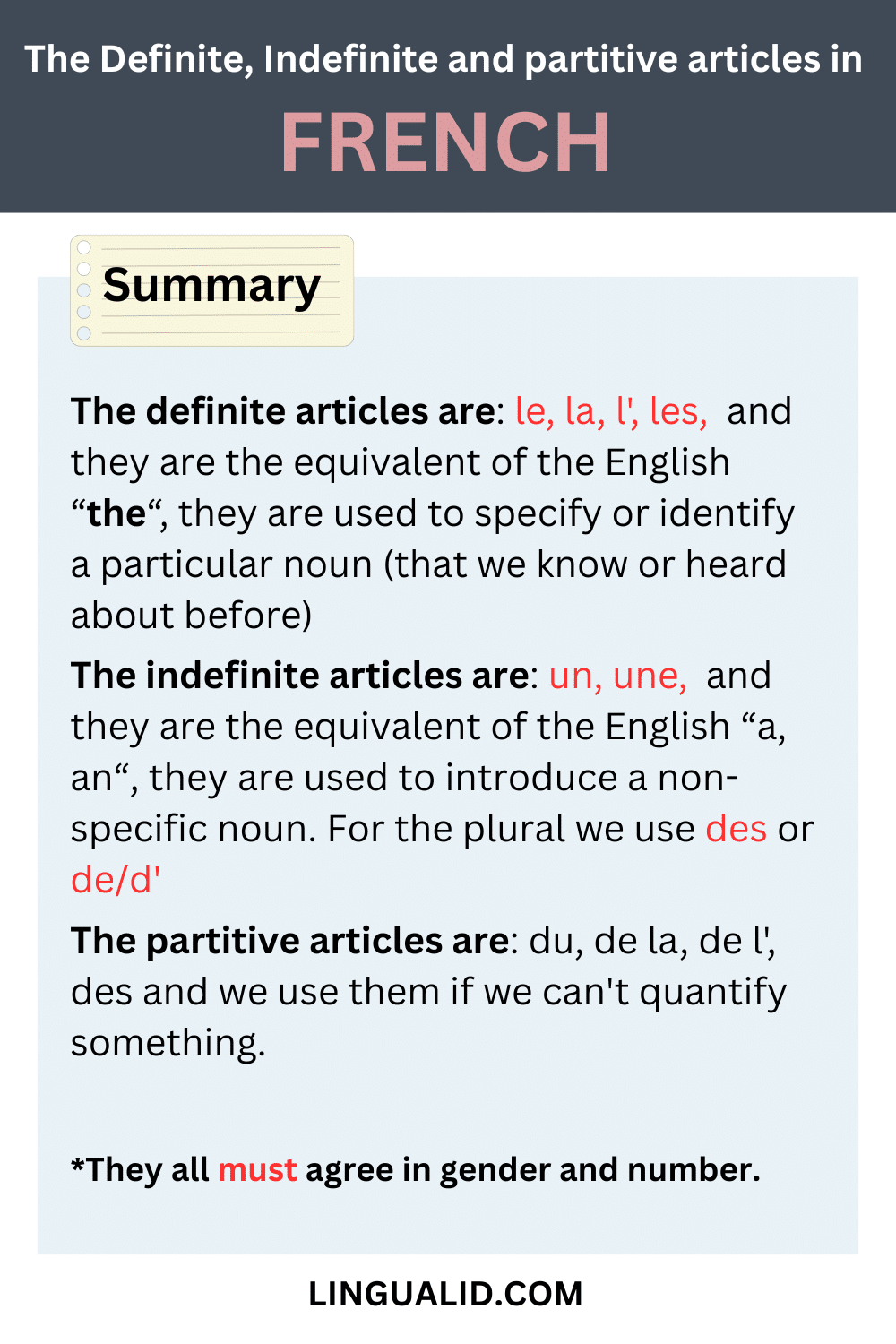
French Articles: A Study Guide
Quiz
Instructions: Answer the following questions in 2-3 sentences.
- What is the difference between a definite and indefinite article in French? Provide an example of each.
- When would you use the indefinite article “des” instead of “de” in French? Give an example phrase.
- How do French definite articles change after the prepositions “à” and “de”? Provide two examples using different articles.
- When do you use the partitive articles in French? Explain the concept and give an example.
- What are the singular forms of the French definite articles and what determines which one is used?
- What are the plural forms of the French indefinite articles? Provide an example phrase for each.
- Translate the following sentence into French: “I have a book.”
- Translate the following sentence into French: “The cat drinks milk.”
- Translate the following sentence into French: “I would like some bread.”
- When do you use the contracted form “l’” for a definite article? Give an example.
Quiz Answer Key
- A definite article (“le”, “la”, “les”, “l'”) refers to a specific noun, while an indefinite article (“un”, “une”, “des”, “de”) refers to a non-specific noun. For example, “Le chat est sur le lit” (The cat is on the bed) vs “J’ai vu un chat” (I saw a cat).
- The indefinite article “des” is the plural form and is used when there is no adjective or adverb before the noun. “De” is used in the plural when there is an adjective or adverb before the noun. Example: “J’ai des amis” (I have friends) vs “J’ai beaucoup de livres” (I have many books).
- The definite articles “le” and “les” combine with “à” to form “au” and “aux” respectively. The definite articles “le” and “les” combine with “de” to form “du” and “des” respectively. Examples: “Je vais au parc” (I’m going to the park) and “Je viens du magasin” (I come from the store).
- Partitive articles (“du”, “de la”, “de l'”, “des”) are used to express an unspecified quantity of something. For instance, “Je voudrais du fromage” (I would like some cheese).
- The singular forms are “le” for masculine nouns, “la” for feminine nouns, and “l’” for nouns starting with a vowel or silent “h”.
- The plural forms of the French indefinite articles are “des” and “de/d’”. Examples: “J’ai des chats” (I have cats) and “J’ai beaucoup de livres” (I have many books).
- “J’ai un livre.”
- “Le chat boit du lait.”
- “Je voudrais du pain.”
- You use the contracted form “l’” when the noun begins with a vowel or a silent “h”. For example, “l’arbre” (the tree) or “l’homme” (the man).
Get a pdf file of this lesson and other 1000 essential French words now, write your email so we can send it to you:
Happy learning!
Oualid Cheddadi is the founder of Lingualid, a platform that inspires independent language learners worldwide, regardless of the language they are learning. The name “Lingualid” is derived from the Portuguese word for “language,” “língua,” and the last three letters of Oualid’s name, “Lid.”

